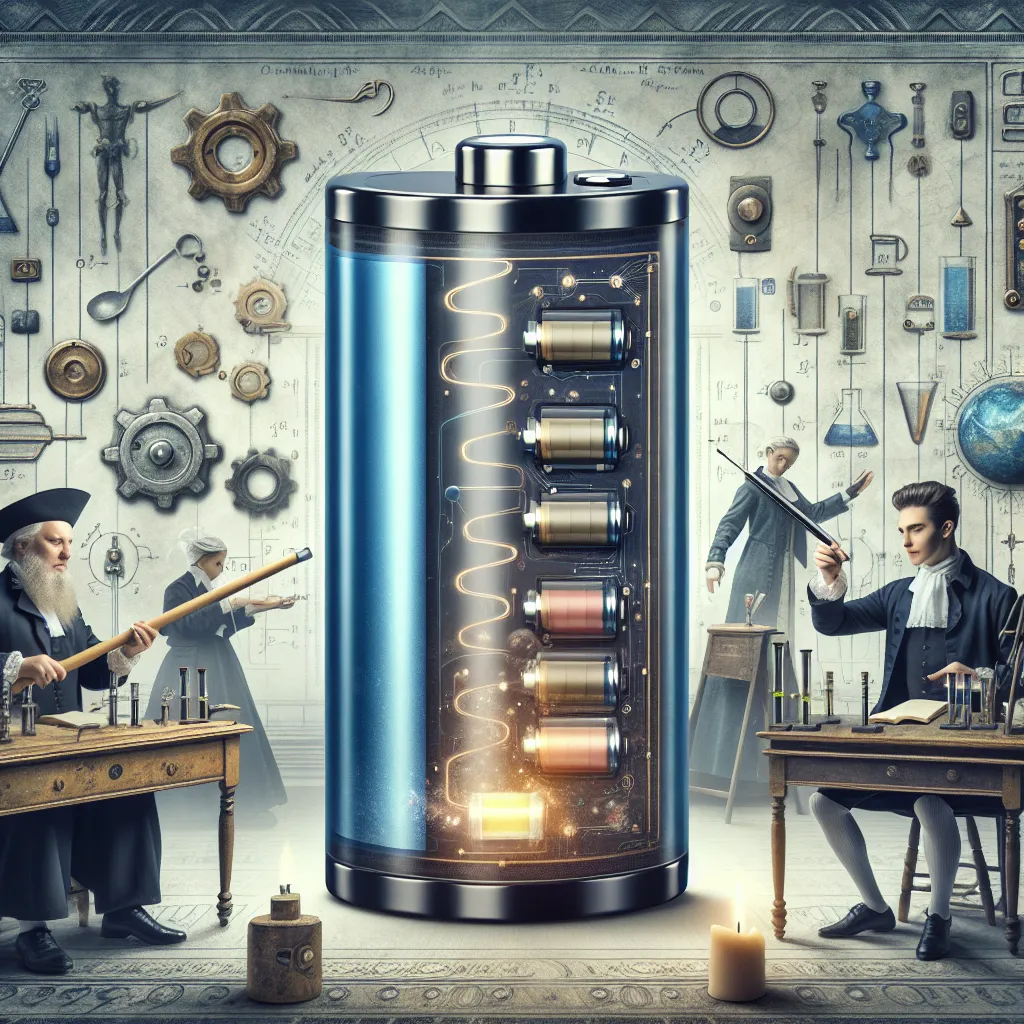You know the feeling. Your phone is in the middle of an important call, and then its battery lets out a sad little “bleep” and dies. It’s frustrating, and in that moment, you might feel like throwing the battery across the room. But despite this annoyance, batteries are a marvel of science. They free our smartphones and other gadgets from the mess of power cables. However, even the best batteries degrade over time, losing their charge capacity until they finally give up. So why does this happen, and how do they store so much charge in the first place?
The story starts in the 1780s with two Italian scientists, Luigi Galvani and Alessandro Volta, and a frog. Galvani was studying a frog’s leg and accidentally touched a metal instrument to one of its nerves, causing the leg to twitch. He thought this was due to a kind of “animal electricity.” Volta had a different idea, believing it was the metal causing the twitch. To settle the debate, Volta conducted an experiment using a stack of zinc and copper layers separated by cloth soaked in saltwater.
What’s happening in Volta’s experiment involves oxidation and reduction. The zinc oxidizes, losing electrons, which are then gained by ions in the saltwater in a process called reduction, producing hydrogen gas. Volta got it partly right but missed that the reaction occurs in the solution, not the copper. Today, we honor him by naming the unit of electric potential “the volt.”
This oxidation-reduction process creates a flow of electrons between two substances. If you connect a lightbulb or any device between these substances, it gets powered. Since the 1700s, scientists have improved on Volta’s design, transitioning to dry cells filled with chemical paste instead of solutions. The principle remains the same: a metal oxidizes, sending electrons out to work before they’re recaptured by another substance being reduced.
Batteries have a limited supply of metal, so they inevitably die when most of it oxidizes. Rechargeable batteries offer a temporary fix by making this process reversible. When you plug in a charger, electricity from the wall drives the reaction backward, regenerating the metal and making more electrons available for the next use. But even these don’t last forever. Repeated cycles cause imperfections in the metal’s surface, hindering proper oxidation, and eventually, the battery dies.
Usual rechargeable batteries might last a few hundred cycles, while advanced ones can go for thousands. In the future, batteries could be light, thin sheets based on quantum physics principles, lasting for hundreds of thousands of cycles. Until then, plugging your charger into the wall is the best way to keep your phone from that dreaded “bleep.”






